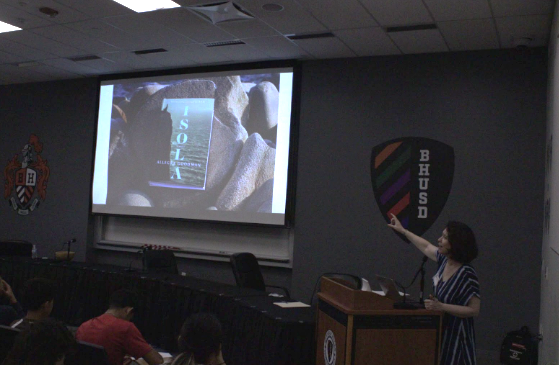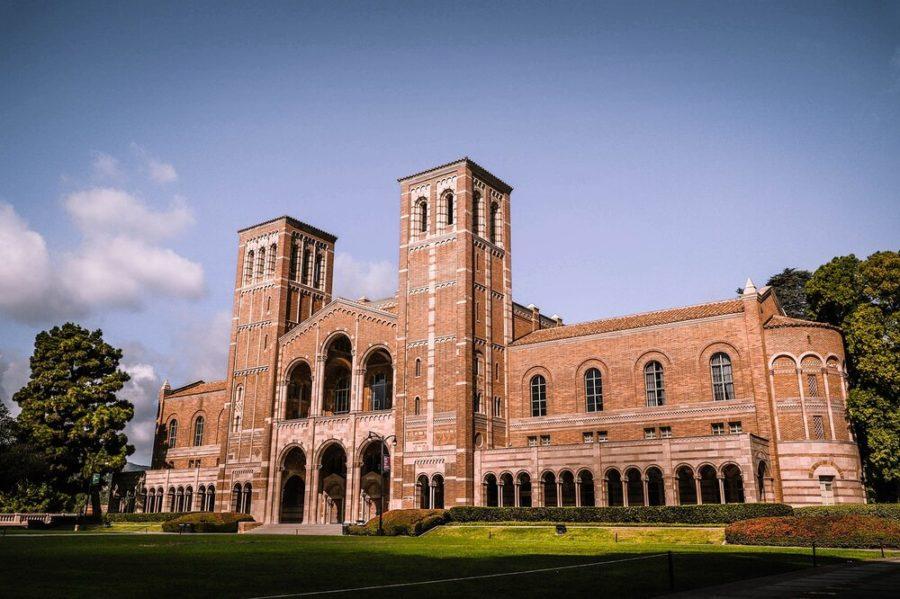Defne Onal staff member
More colleges should calculate future college success based on high school grades rather than unfair standardized testing. A high school grade point average (GPA) predicts an individual’s talent and hard work. Whereas standardized testing associates itself with financial status, this is not the same with high school GPA.
According to a study by researcher John J.Mcardle, more affluent students earn higher SAT scores than lower-income students. The difference in scores was twice as significant among Black students compared to White students.
The College Board favors those who have socioeconomic advantages. Standardized tests manufacture themselves so that students can “prepare” for them. Some students can hire specialized tutors to help students learn test strategies for the SAT and ACT. Financially struggling students who go to school that gets lesser funding are not getting the same amount of preparation as wealthier kids. Socioeconomic status also has a direct correlation to race.
Standardized testing doesn’t value diversity. There is a wide range of differences in the people who take standardized tests to get a college acceptance letter. Students have varied cultural backgrounds, different fluency levels in the English language, thinking methods, and past experiences. Standardized tests treat students as if they’re all the same.
Due to the pandemic, a growing number of colleges and universities waived standardized test requirements for 2021. The University of California school system voted to phase out the SAT and ACT as an admission requirement for the next four years.
With the phasing out of standardized testing, freshman applications to UC schools surged this year. As a result, admissions officers hope to increase the acceptance of low-income, Latino, Black, and minority students.
Approximately 250,000 students applied to UC schools, a 16% increase from last year. The surge in applications is primarily due to the elimination of standardized testing.
In proclaiming the surge in applicants, the UC system stressed the number of Black and Latino students who applied rose.
“The diverse backgrounds, many strengths, and impressive talents of those who enroll will undoubtedly enrich the UC community,” said UC Board of Regents Chair John A. Pérez.
The increase of applications won’t translate into more access to higher education. UC schools are getting smaller and more selective. The pool of diverse applicants grew, but many students will also get rejected due to a decrease in enrollment capacity.
The UC system has seen its acceptance rate drop each year. Admission statistics show that UCLA accepted 18 percent of its applicants in the 2016-2017 academic year but only accepted 14 percent of applicants in the 2018-2019 academic year.
There is still a long way to go between now and when the admission data is released. Until then, one can only hope that UC schools’ enrollments will reflect California’s racial and ethnic diversity.
.





























